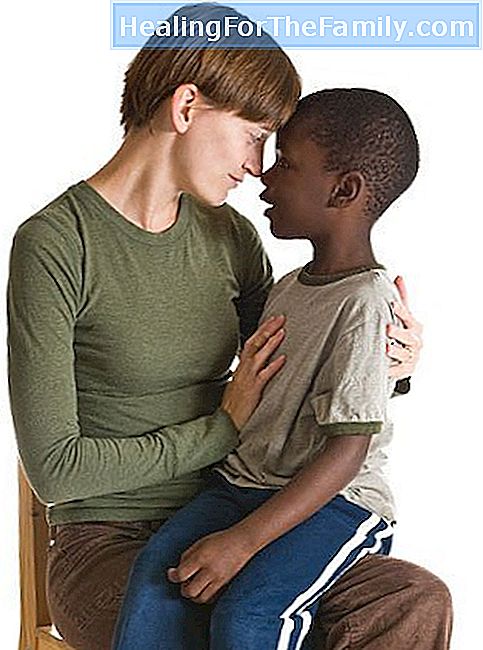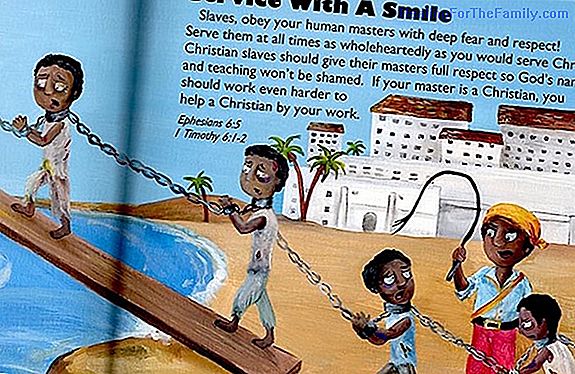Talk about adoption to children from 8 to 15 years of age
Communication between parents and children must be appropriate to the child's development, character and temperament, and to the child's capacity to understand, whether adopted or not. When it comes to adoption, it is necessary to consider that adopted children experience the pain of separation from
Communication between parents and children must be appropriate to the child's development, character and temperament, and to the child's capacity to understand, whether adopted or not. When it comes to adoption, it is necessary to consider that adopted children experience the pain of separation from their biological parents when they are born. All adopted children must adjust the new reality, new images, sounds, smells and new experiences.
Beginning at 8 years of age, when the child already has a great power of understanding, parents have a perfect opportunity to begin to share with the child the topic of adoption in a calm and comfortable way, in order to build the foundations of future dialogues, of trust and truth. Follow some tips on how to talk about adoption with children, from 7 to 8 years of age.
Adopted children of seven and eight years of age

But around 7 or 8 years old, the child begins to recognize that the family is usually defined in terms of consanguineous relationships. Seeing it like this, they have no biological connection with their parents, but if they have biological parents (and possibly biological siblings), somewhere, and here some children may begin to express confusion about their place as a family member ... In addition, this period it is characterized by the development of reciprocal logic.
With regard to adoption, the development of reciprocal logic helps to sensitize the child in the issue of abandonment. For young children, adoptive parents talk about adoption emphasizing their desire to have a child and build a family. The child, as the story progresses, needed a home, and the adoptive parents chose him to be part of the new family. What is usually not discussed is because the child needed a home. Once the child enters a period of logical thinking, he realizes that to have been chosen, he must have come from somewhere first, which means he was abandoned. During this time, the child begins to understand adoption not only in terms of family construction, but also in terms of family loss.
Adopted children from nine to twelve years of age
Between 9 and 12 years old, boys gain a deeper understanding of what the adoptive process means. The first early signs of sadness or grief may emerge at this time, as children begin to solve problems, establish priorities and seek relationships. It is also at this time that they begin to see the public side of adoption and to understand that, socially, they are different from their friends, although they may not yet understand why this difference should matter.
Children are better able to process embarrassing information about their adoption than when they reach adolescence. If your child's story includes unpleasant situations, however, be sure to discuss and share the facts with him without making judgments about them.
Adolescent children and adoption
Between the ages of 13 and 15 it is quite common for their young adolescent son not to frequent his biological parents or adoptive parents. This is a particularly difficult time for most young people, in which they want to assimilate to their environment and not be differentiated by any feature, whatever it may be. From age 16 onwards, as with most young people, adopted adolescents are constantly trying to discover how they fit into the world around them, as well as trying to establish their own independence.
Frequently, this is a period in which they show an unusual interest in adoption issues and in obtaining reports about their biological family. As adolescents develop sexually, they begin to analyze the different options their parents had, and often judge their actions and decisions. They also constantly struggle to achieve their own balance between genetic influences and those of the environment.












